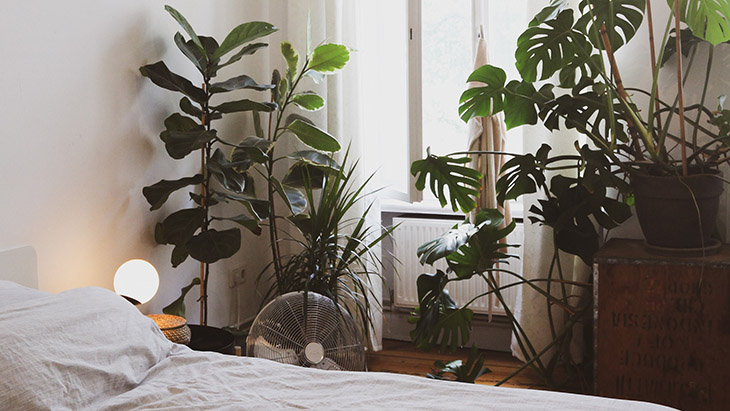
Plants have been known to be beneficial when these are brought inside the house because these can help alleviate stress and purify the air. In fact, the tiny inconvenience of constant watering them isn’t much of an issue with the amount of good these bring.
However, a new study that comes from Australia saw that the beneficial properties may not have been fully established just yet because these leafy items also have the ability to remove viruses that carry cold and flu in the air.
Right now, the study authors are calling it a proof of concept. Meaning, this shouldn’t be considered a confirmation of causation just yet. However, the findings of the study are quite compelling.
When plants absorb sunlight, they produce a biochemical that is a common sight in home first aid kits, which is hydrogen peroxide. This caustic chemical is often used for disinfecting wounds and bleaching hair, but it was also seen to be spontaneously present in microscopic water droplets floating through the air in rooms that have house plants in it.
Hydrogen peroxide was seen to be concentrated in water vapor that came out of the leaves of the house plants, which if bound with floating water vapor that have a flu virus, and this could just possibly sanitize it quite efficently.
“This is a very good proof-of-concept study on whether plants can help disinfect air,” said Kristian Dubrawski. He is from the University of Victoria. “Our results have potentially major implications for the role of plant-mediated atmospheric cleansing, climate change, and urban and indoor air quality.”

In the study, African violets (Saintpaulia Ionantha) produced the most hydrogen peroxide of the samples they that were tested. The second on the list was Devil’s ivy (Epipremnum aureum).
The authors wrote in their introduction in detail and talked about the mechanism for hydrogen peroxide leaving the plants through transpiration. However, they also explained that this was not fully understood just yet. Most of the water that plants get is used in the photosynthesis process, and this is when it exits through the leaves in the form of water vapor.
The authors further also said that this doesn’t just carry relevance for those who enjoy some nature in indoors, but when it comes to climate in general, because almost all plants transpire, most plants on Earth have become contributors to hydrogen peroxide concentrations that are found all over the atmosphere.
“In this study, we report the first findings of hydrogen peroxide production via transpired [exhaled] water vapor, and show that, surprisingly, all transpiring plants are likely contributing to local, and thus global, atmospheric hydrogen peroxide concentrations,” they had written.
“Hydrogen production by plants may have implications in indoor air quality (such as hospitals); high-density regions (such as megacities) and rural regions impacted by forest fires. Our work further implicates plants as a viable nature-based solution for air quality improvement and to defend against pathogenic outbreaks of infectious diseases.”



